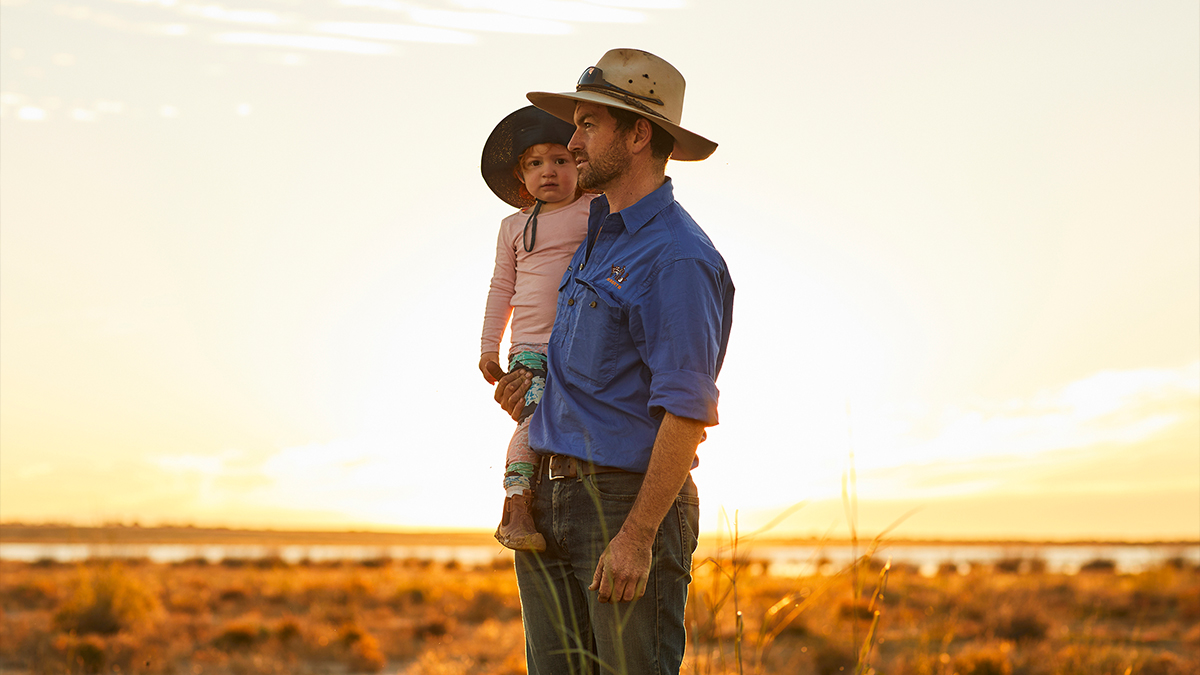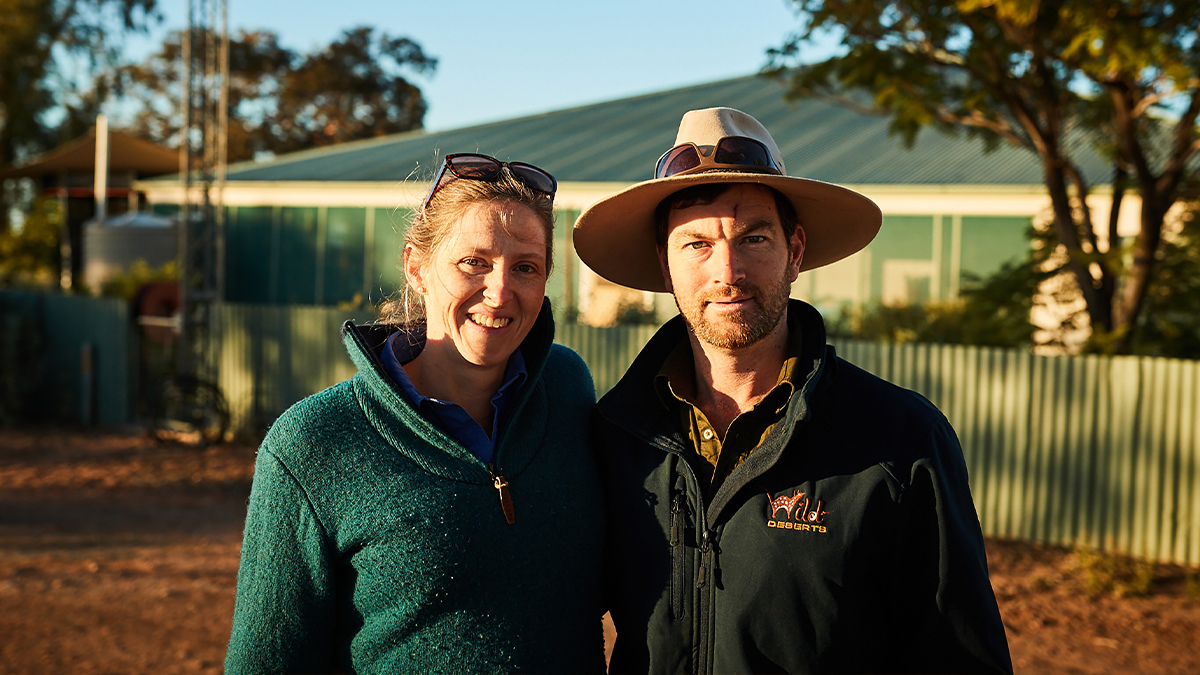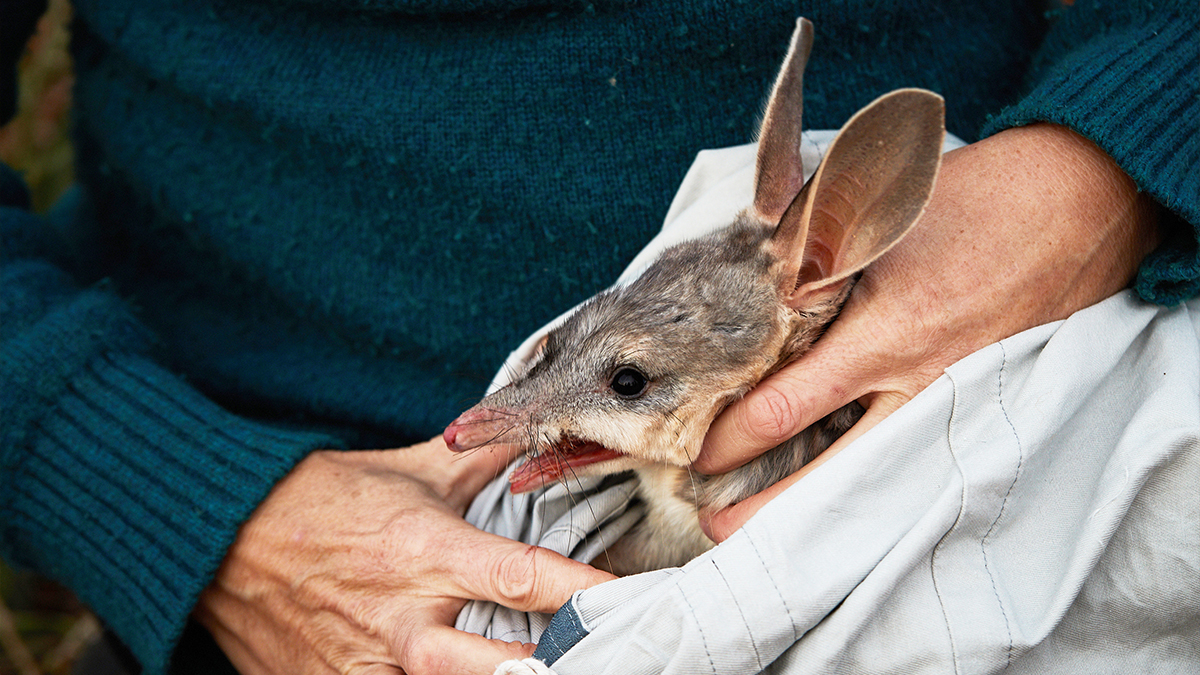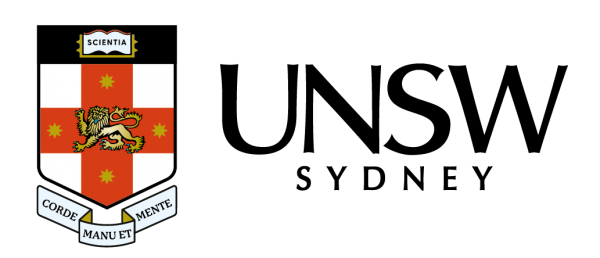
UNSW’s News & Content Team journeyed to Sturt National Park to bring this incredible initiative to light.
‘Wild Deserts’ - a 10-year initiative aimed at restoring the desert ecosystem by reintroducing locally extinct or endangered native mammals - is a fascinating project. It’s a partnership between UNSW Sydney, the NSW National Parks and Wildlife Service, and Ecological Horizons, in collaboration with Taronga Conservation Society Australia and is supported by UNSW and philanthropic funding.
The Division of External Engagement’s News & Content Team has been covering Wild Deserts on the UNSW Newsroom for a few years to make sure audiences learn about project milestones and developments.
But what does it take to actually run this project - on the ground? Who are the people living and working in possibly the most remote location in NSW?
Meet Bec West and Reece Pedler - the UNSW ecologists who live in Sturt National Park with their three-year-old daughter, Isla, and nine-month-old son, Zachary.

In 2016, the newlyweds saw an ad for an ecologist and project coordinator to move to Sturt National Park for Wild Deserts - and they couldn’t pass up the opportunity to be part of regenerating the desert landscape together. Now, five years into the project, Bec and Reece have – together with the help of the local community, research teams, traditional owners and partner organisations – translocated founding populations of bilbies, Shark Bay bandicoots, and crest-tailed mulgaras to the Strzelecki Desert.
Alongside reporting on the project’s success, the UNSW News & Content Team saw an opportunity to focus on the incredible story this couple had to tell - about overcoming drought, dust storms and raising a young family in the most remote place in NSW, while at the same time, improving the wider landscape.
A small group of visual content and communications professionals travelled out to Wild Deserts in May 2021, to learn more about the family and the day-to-day project operations. They returned from a fascinating field trip with compelling photography, video and interviews that was then turned into a multimedia production, as part of our focus on interactive storytelling of the most high-profile and high-impact research across UNSW.
The interactive story was created using a storytelling platform called Shorthand to really make the most of this incredible opportunity. The platform is easy to use and helps to present content in the most visually stunning way possible. It ties in well with Adobe, and is also used by organisations like BBC, Cambridge, Harvard. You can explore the feature on our Newsroom here.

Alongside the production, the team’s goal from the outset was to capture the interest of ABC’s Australian Story, to increase exposure of the project to an even larger, national audience. After the May field trip, the News & Content Team approached the program producers, who responded with interest and eventually decided to commit a full episode of their new season to the project. After many months of work, their episode went to air this week - on the same day as the UNSW multimedia feature.
Many people across the Division of External Engagement have been involved in bringing this project to life across our own channels and on Australian Story - we encourage you to explore the feature story and credit section at the end. And if you’ve missed the Australian Story episode on Bec and Reece’s incredible work and life, it’s available to stream on iview or YouTube.
- Log in to post comments
